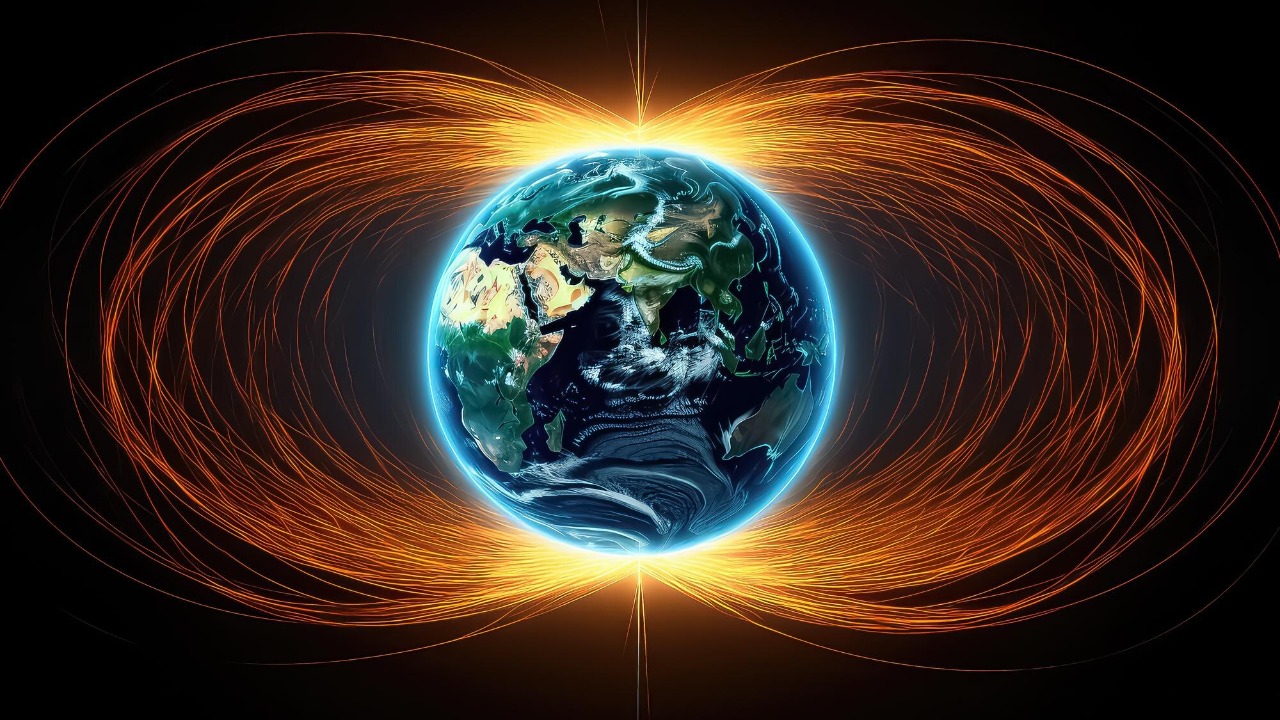
The European Space Agency’s Swarm satellite constellation has detected a significant expansion and splitting of the South Atlantic Anomaly (SAA), a vast region of weakened Earth’s magnetic field. The anomaly’s magnetic field intensity has dropped to as low as 24,000 nanoteslas in its core, a 5% weakening since 1970, and its area has grown by approximately 7% per decade. This growth, which has been accelerating since 2014, increases the risk to orbiting satellites and the International Space Station by increasing their exposure to harmful solar radiation.
What is the South Atlantic Anomaly?
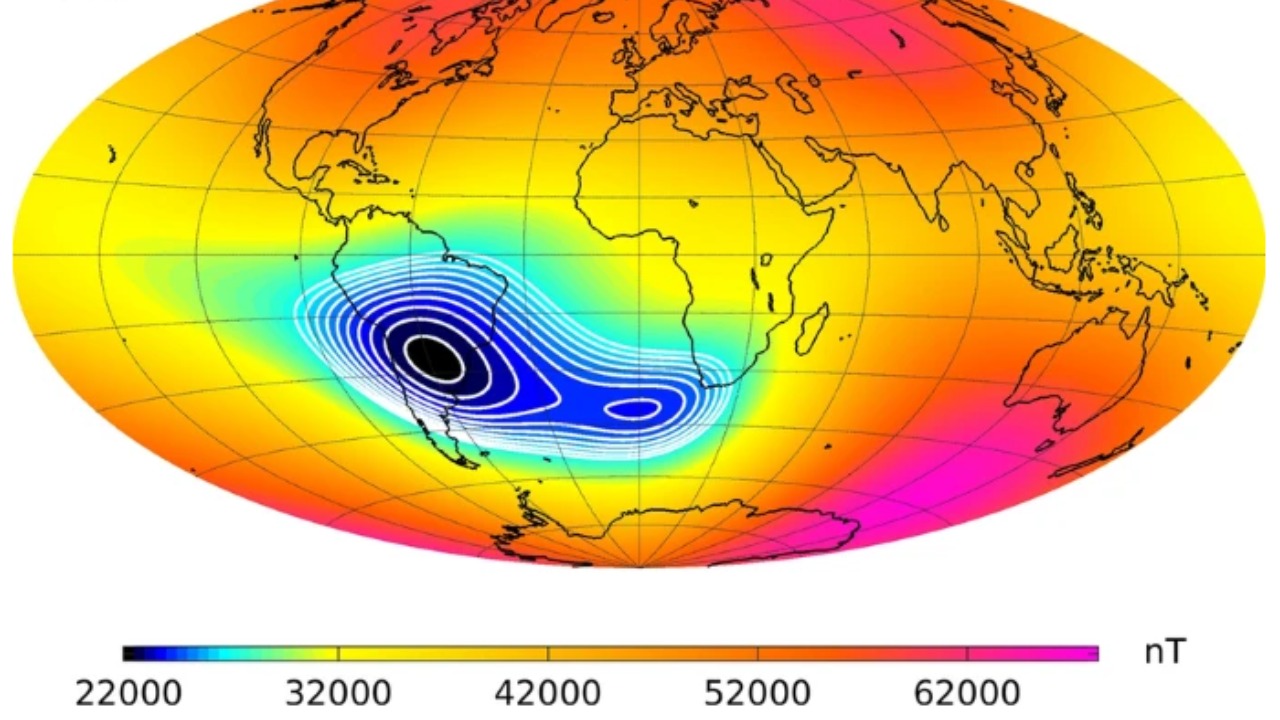
The South Atlantic Anomaly (SAA) is a massive region where the Earth’s magnetic field strength is about 30% weaker than elsewhere on the planet. This is primarily due to the outward flux of magnetic field lines from a deep-seated magnetic dipole in the outer core beneath the African continent. Covering a surface area of roughly 8 million square kilometers, larger than the contiguous United States, the anomaly dips as low as 200 kilometers above Earth’s surface, a region frequently traversed by satellites.
The SAA was discovered in the 1950s during early satellite missions. Since then, it has been closely monitored due to its role in allowing more charged particles from the Van Allen radiation belts to penetrate closer to Earth, potentially posing a risk to both satellites and astronauts.
The Swarm Mission’s Contributions

Launched in 2013 by the European Space Agency, the Swarm trio of satellites—Alpha, Bravo, and Charlie—has been orbiting Earth to measure magnetic field variations with unprecedented precision. Using vector magnetometers and accelerometers, Swarm has been able to map the SAA’s boundaries in three dimensions, revealing subtle changes in the magnetic field over time. This includes a reversal of the field’s east-west tilt in the anomaly region since the mission began.
By 2020, Swarm observations confirmed the anomaly’s expansion rate, with the field weakening by an additional 2% in the decade prior. This data has been instrumental in aiding models of Earth’s core dynamics.
Recent Expansion and Splitting
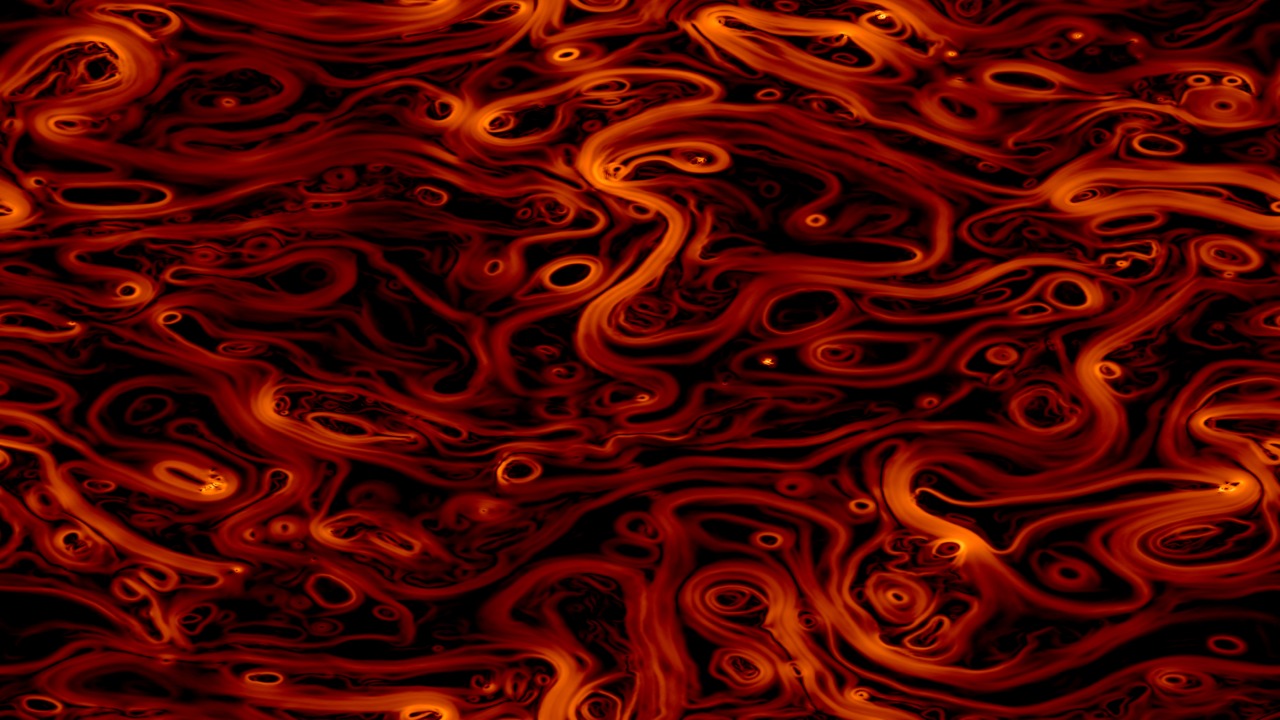
Since 2014, the SAA has undergone accelerated growth, expanding its footprint by more than 20% in total area. The anomaly now appears to be splitting into two lobes, separated by a “high” magnetic field region, indicating a potential bifurcation. The western lobe, off Brazil’s coast, has intensified its weakening, reaching field strengths 10% lower than a decade ago. Meanwhile, the eastern lobe off Africa has emerged as a secondary low, growing from negligible to detectable since 2020.
Swarm measurements from 2023 show the anomaly’s drift northward at 20 kilometers per year, shifting its center from 26°S, 40°W toward higher latitudes. This shift further increases the risk to satellites and astronauts as the anomaly moves into regions of higher satellite traffic.
Underlying Causes in Earth’s Core
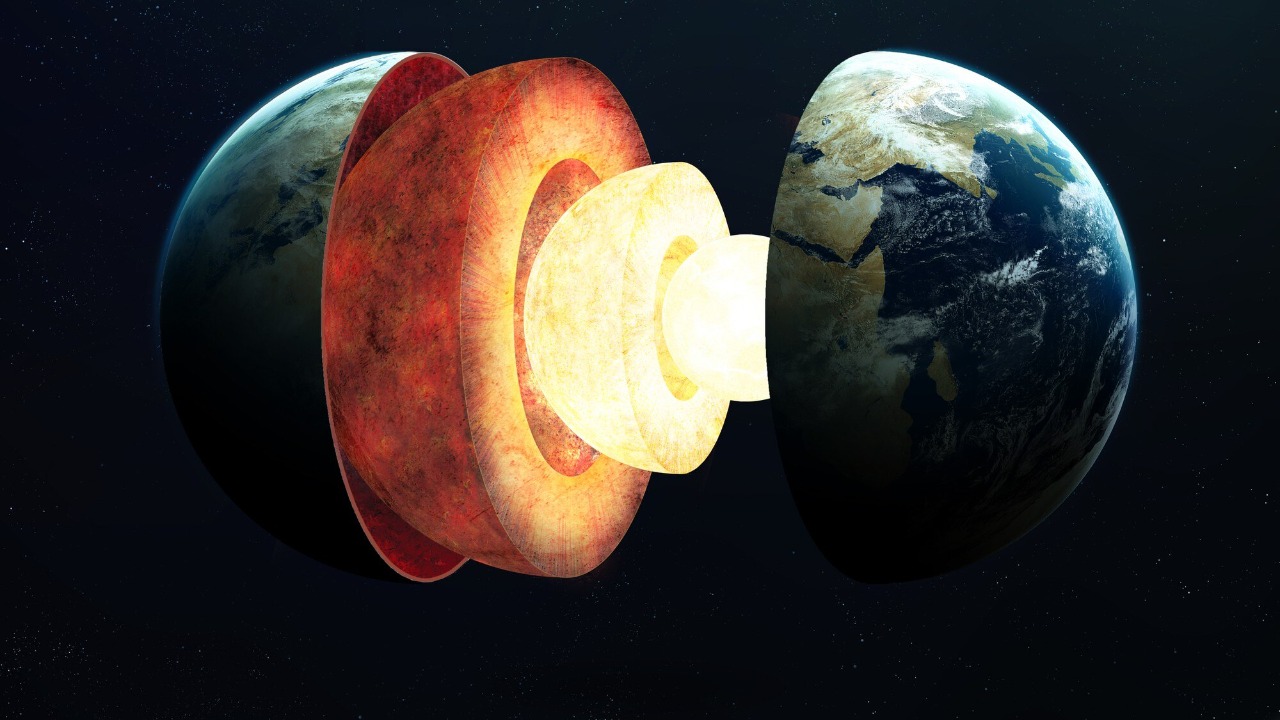
The weakness of the SAA stems from reversed magnetic flux patches in the liquid outer core. Here, convective flows create an anti-dipole that opposes the main geomagnetic field generated by the inner core. Recent Swarm analysis links the expansion of the SAA to a long-term westward drift of core magnetic features at 0.3 degrees per year, amplifying the low-field region since the 1840s.
Computer simulations based on Swarm data suggest the splitting of the SAA may result from turbulent core motions. This could potentially herald broader geomagnetic instability over the coming centuries, with implications for both Earth’s magnetic field and the technologies that rely on it.
Effects on Satellites and Space Operations
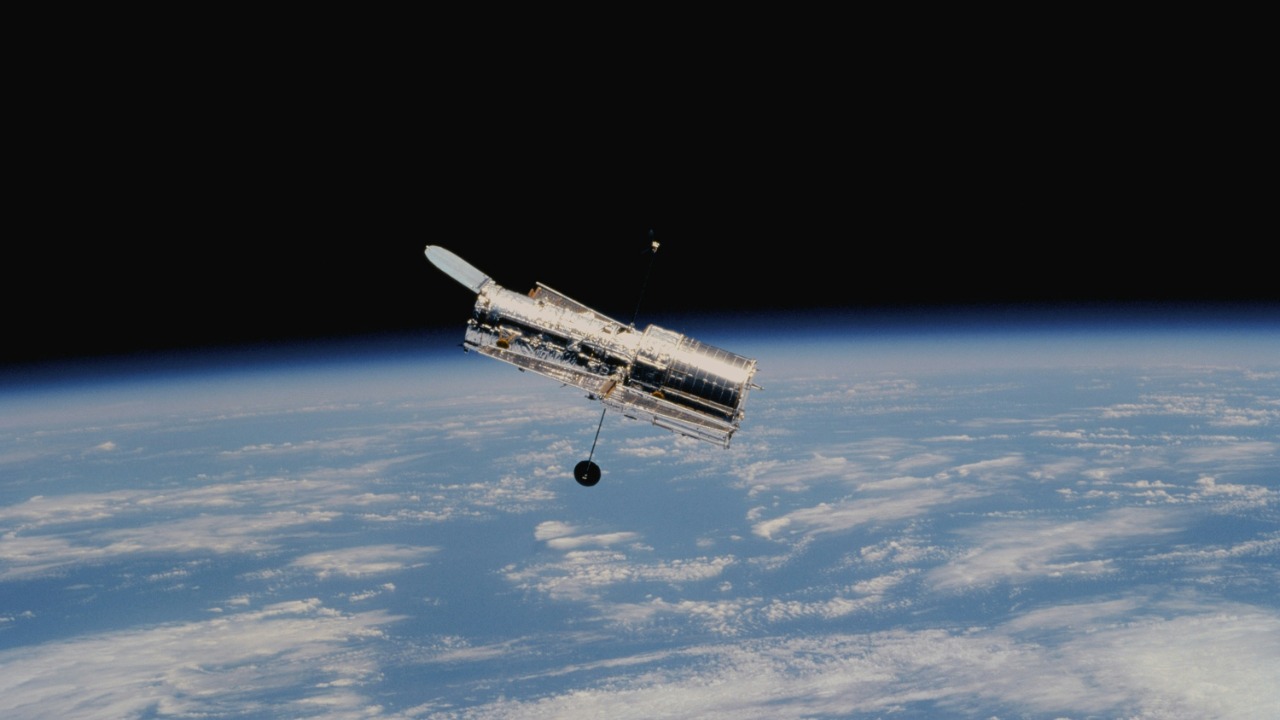
Satellites traversing the SAA, such as the Hubble Space Telescope and GPS constellations, experience up to 10 times more radiation. This often leads to frequent shutdowns of sensitive electronics to prevent single-event upsets. The International Space Station also adjusts its orientation when passing through the anomaly, which occurs multiple times daily, to shield astronauts from increased cosmic ray exposure equivalent to 1-2 chest X-rays per pass.
The expansion of the SAA has raised concerns for commercial satellite fleets. Starlink operators have reported higher failure rates in the region, prompting enhanced shielding designs to protect their satellites from the increased radiation.
Implications for Earth’s Protection

The growing SAA reduces the magnetosphere’s shielding efficiency against solar energetic particles. This could potentially increase auroral activity at lower latitudes and disrupt power grids during geomagnetic storms. While the SAA does not directly cause a full magnetic pole reversal, its trends mirror patterns seen 41,000 years ago during the Laschamp excursion. During this event, field strength dropped to 5% of normal, leading to higher radiation levels.
There are also potential biological effects on Earth. Migratory birds and sea turtles that rely on magnetic cues for navigation could be disrupted by changes in the magnetic field. However, no mass die-offs have been linked to the SAA yet.
Ongoing Monitoring and Future Research
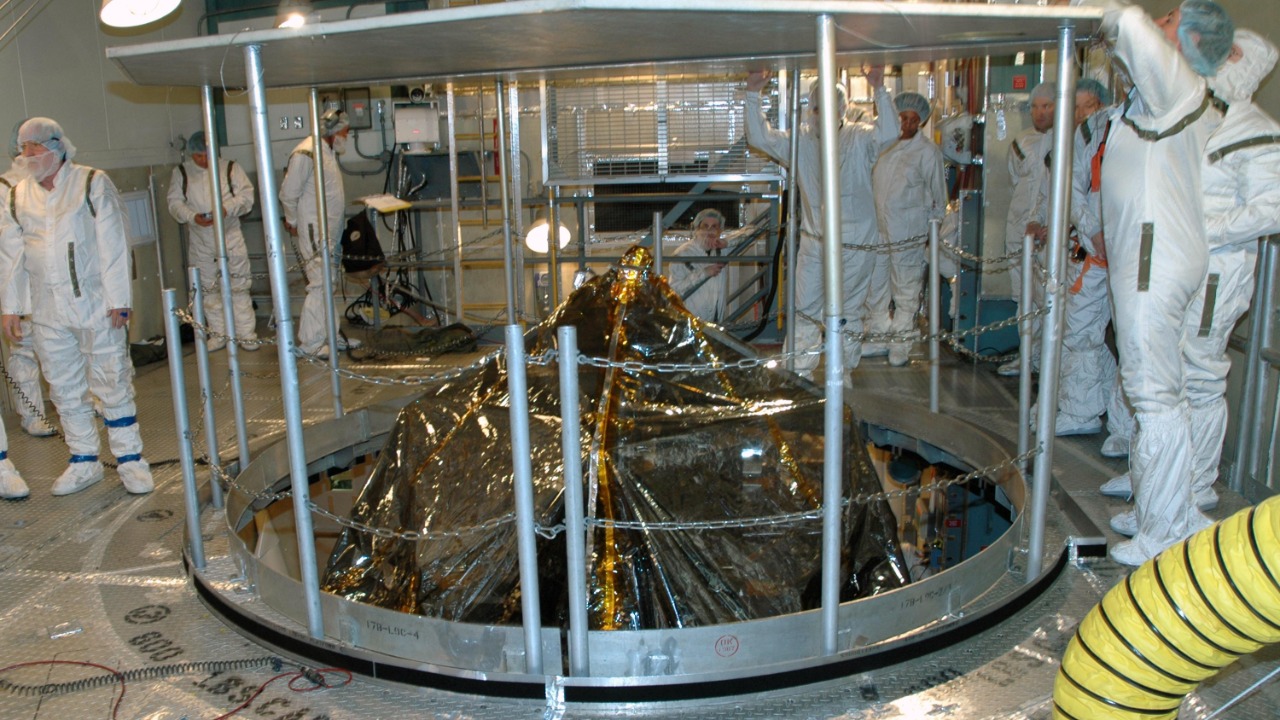
The ESA plans to extend Swarm’s mission beyond 2025 with upgraded instruments to track the SAA’s evolution at 1-nanotesla resolution. This will integrate data from ground observatories like those in South America. Collaborative efforts with NASA’s THEMIS mission will combine datasets to forecast core dynamics, aiming to predict if the eastern lobe will dominate by 2040.
Researchers emphasize the need for international policies on space weather alerts, as the anomaly’s growth could double radiation risks for low-Earth orbit assets within the next decade. As we continue to rely on satellites for communication, navigation, and scientific research, understanding and mitigating the risks posed by the SAA will be crucial.